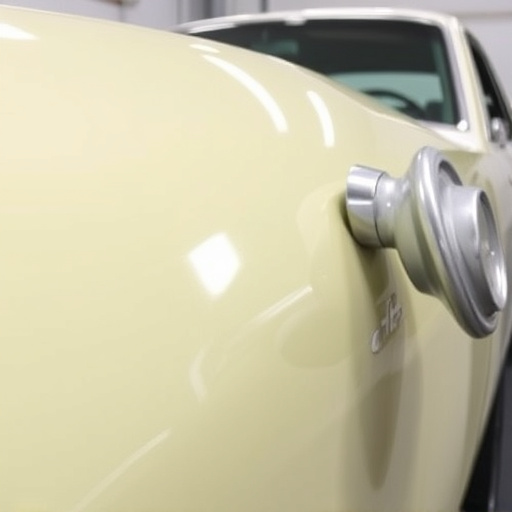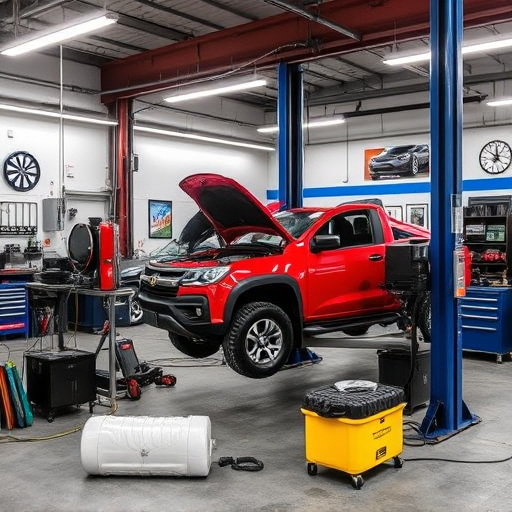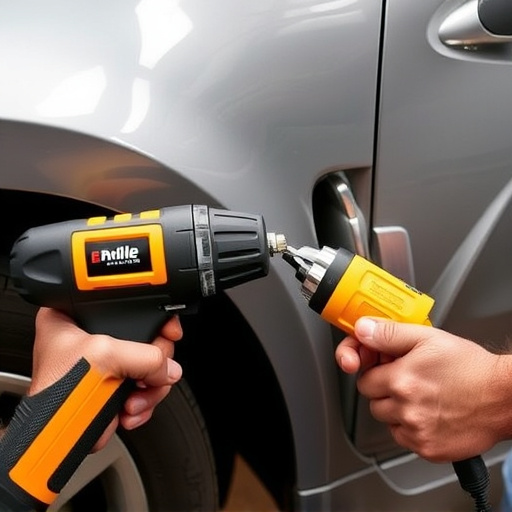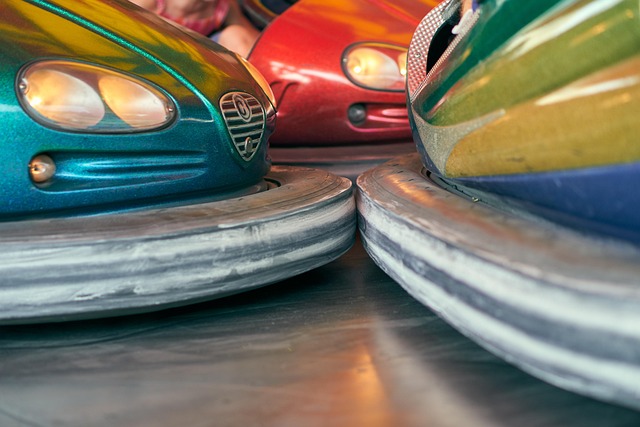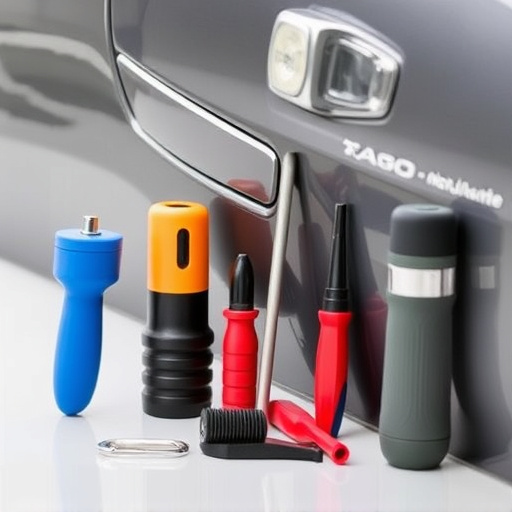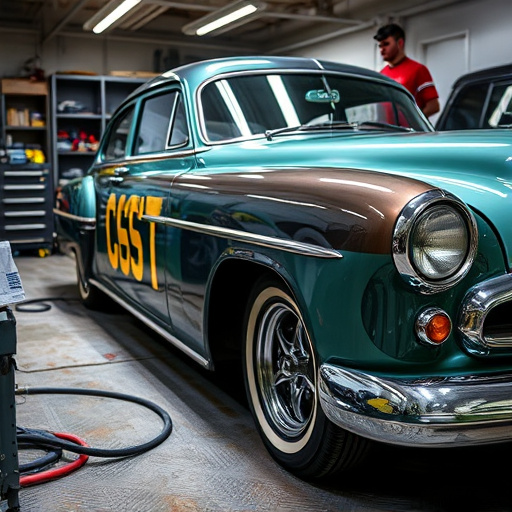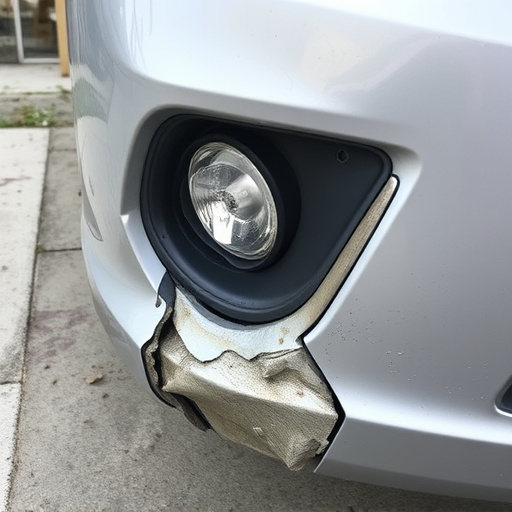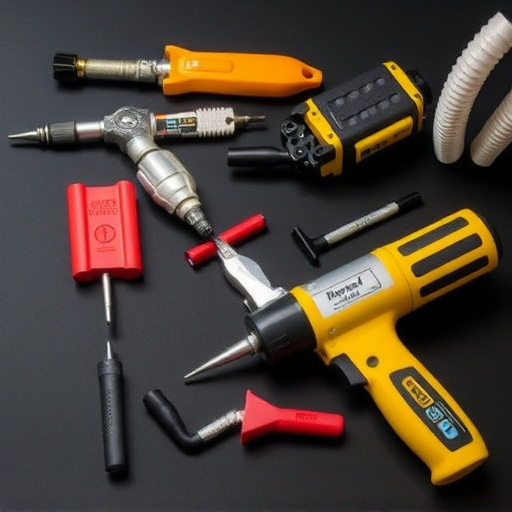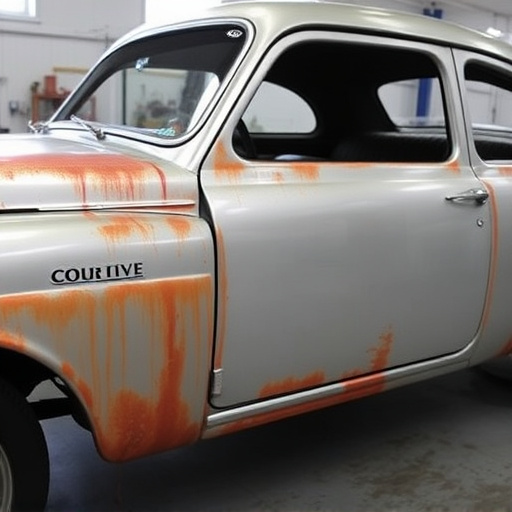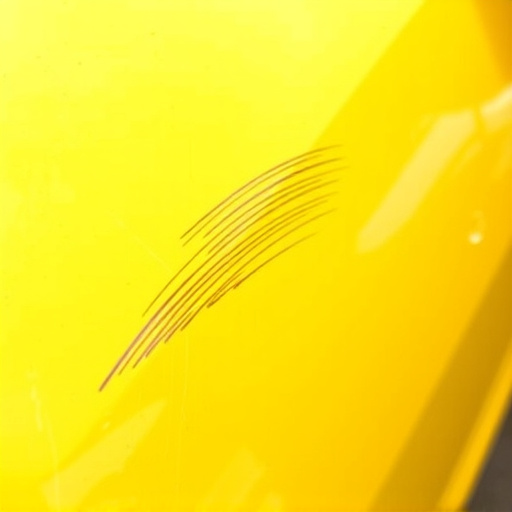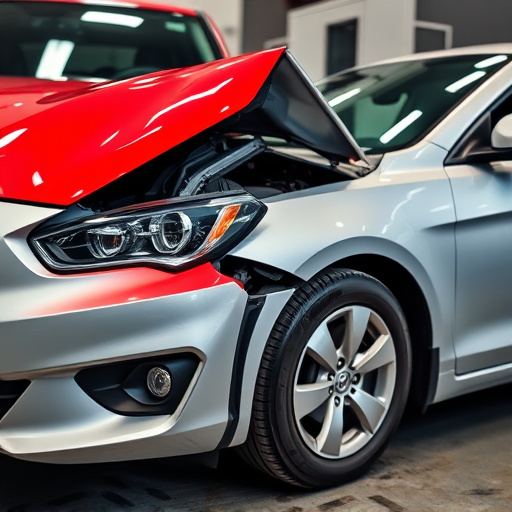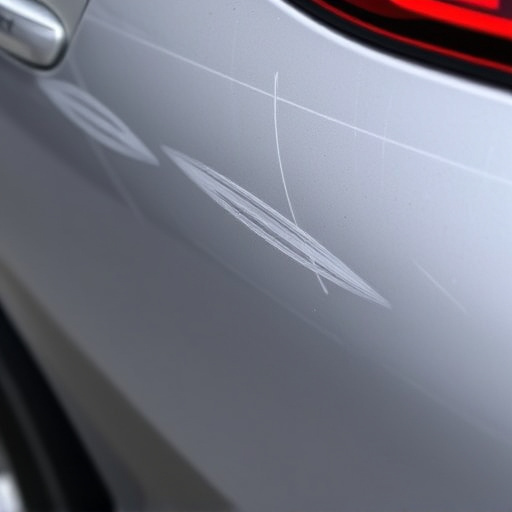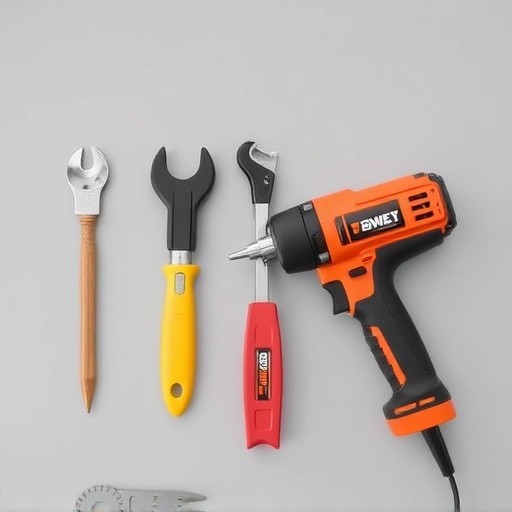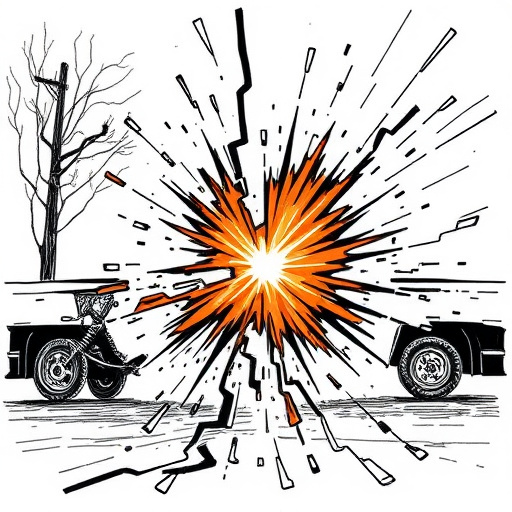Mercedes glass sensor calibration is a critical process for optimal Head-Up Display (HUD) function. It involves precise adjustments, optics cleaning, and display settings fine-tuning to align embedded sensors in the windshield, projecting driving info onto the driver's field of view. Proper calibration enhances safety features and drives advanced feature operation. Park in a well-lit area, gather tools, check battery connections, and consider professional assistance for complex tasks or post-repair work to maintain optimal performance and safety standards.
Mercedes owners often marvel at the futuristic experience offered by their Head-Up Display (HUD). A key component in this technology is precise Mercedes glass sensor calibration. This article delves into the intricate process, guiding you through understanding and calibrating your vehicle’s glass sensors. From preparing your car to step-by-step adjustments, learn how to ensure optimal HUD alignment for a seamless, enhanced driving experience tailored by Mercedes glass sensor calibration expertise.
- Understand Mercedes Glass Sensor Calibration Process
- Prepare for HUD Alignment and Calibration
- Perform Step-by-Step Glass Sensor Calibration Adjustments
Understand Mercedes Glass Sensor Calibration Process
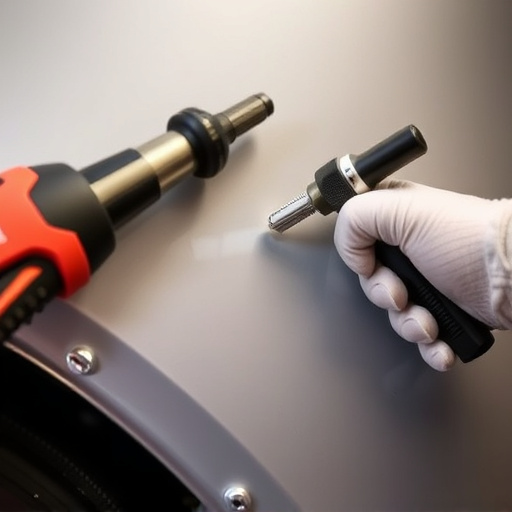
The Mercedes glass sensor calibration process is a crucial step in ensuring your vehicle’s Head-Up Display (HUD) functions flawlessly. This sophisticated system relies on precise alignment and calibration of sensors located within the windshield to project vital driving information onto the driver’s line of sight. The process involves several intricate steps, including the adjustment of sensor positioning, cleaning of optics, and fine-tuning of display settings.
For those seeking to perform or oversee this task, whether in a collision repair center or engaging in classic car restoration, understanding the calibration process is paramount. It demands attention to detail and adherence to manufacturer guidelines. By accurately calibrating these sensors, you not only enhance the overall driving experience but also contribute to the longevity of your Mercedes’ advanced safety features, making it an essential aspect of routine vehicle repair services.
Prepare for HUD Alignment and Calibration
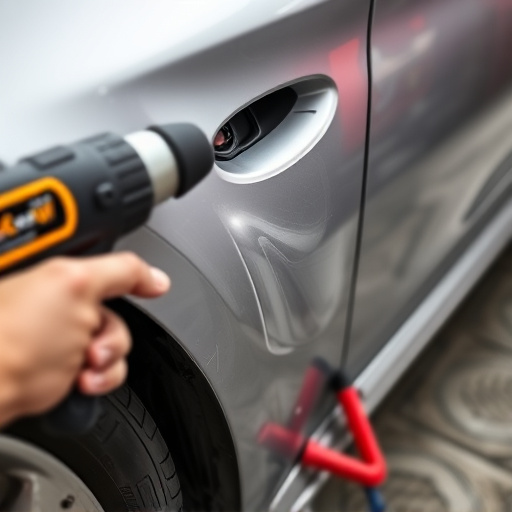
Before starting the Mercedes HUD (Head-Up Display) alignment and calibration process, ensure your vehicle is parked in a well-lit area with enough space around it for easy access to all components. It’s crucial to have a clean and clear view of the windshield and glass sensor to achieve accurate results. Gather all necessary tools, including a precision screwdriver, cleaning solutions, and any recommended materials from the Mercedes-Benz service manual. Proper preparation is key; check that your vehicle’s battery is fully charged and ensure no loose electrical connections to avoid any interruptions during the calibration process.
Additionally, consider the role of a professional automotive body shop or vehicle body shop in this procedure. While many tasks can be DIY, certain aspects, especially after a dent repair or when dealing with intricate glass sensor systems, might require the expertise of a specialized shop to maintain optimal performance and ensure your Mercedes’ advanced features function seamlessly without compromising safety standards.
Perform Step-by-Step Glass Sensor Calibration Adjustments
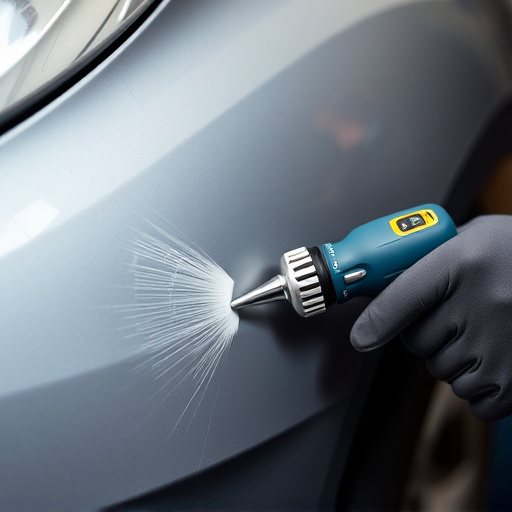
Performing step-by-step Mercedes glass sensor calibration adjustments is crucial for achieving precise Head-Up Display (HUD) alignment. Begin by ensuring the vehicle’s power is off and all displays are inactive. Next, access the car’s diagnostic system using specialized software tools designed for Mercedes vehicles. Identify the specific glass sensor modules controlling the HUD components you need to calibrate. Each sensor has adjustable settings that can be fine-tuned using these tools.
Carefully adjust the sensor parameters according to the manufacturer’s specifications. These adjustments may include changing sensitivity levels, adjusting gain settings, and refining the sensor’s positioning within the windshield. After making each adjustment, verify its impact on HUD performance through real-time testing. This iterative process ensures that your Mercedes glass sensor calibration is optimal, delivering an accurate and seamless HUD experience, akin to a well-rehearsed symphony in a collision center’s repair process, enhancing overall car paint repair precision.
Mercedes glass sensor calibration is a precise process that ensures your vehicle’s Head-Up Display (HUD) functions optimally. By understanding and meticulously performing the calibration steps, you can enhance driving safety and enjoyment. Regular calibration adjustments are crucial to maintaining accurate HUD alignment, particularly after any adjustments to your vehicle or glass components. With these simple yet critical steps, folks can keep their Mercedes’ HUD in tip-top shape, ensuring a seamless and modern driving experience.
